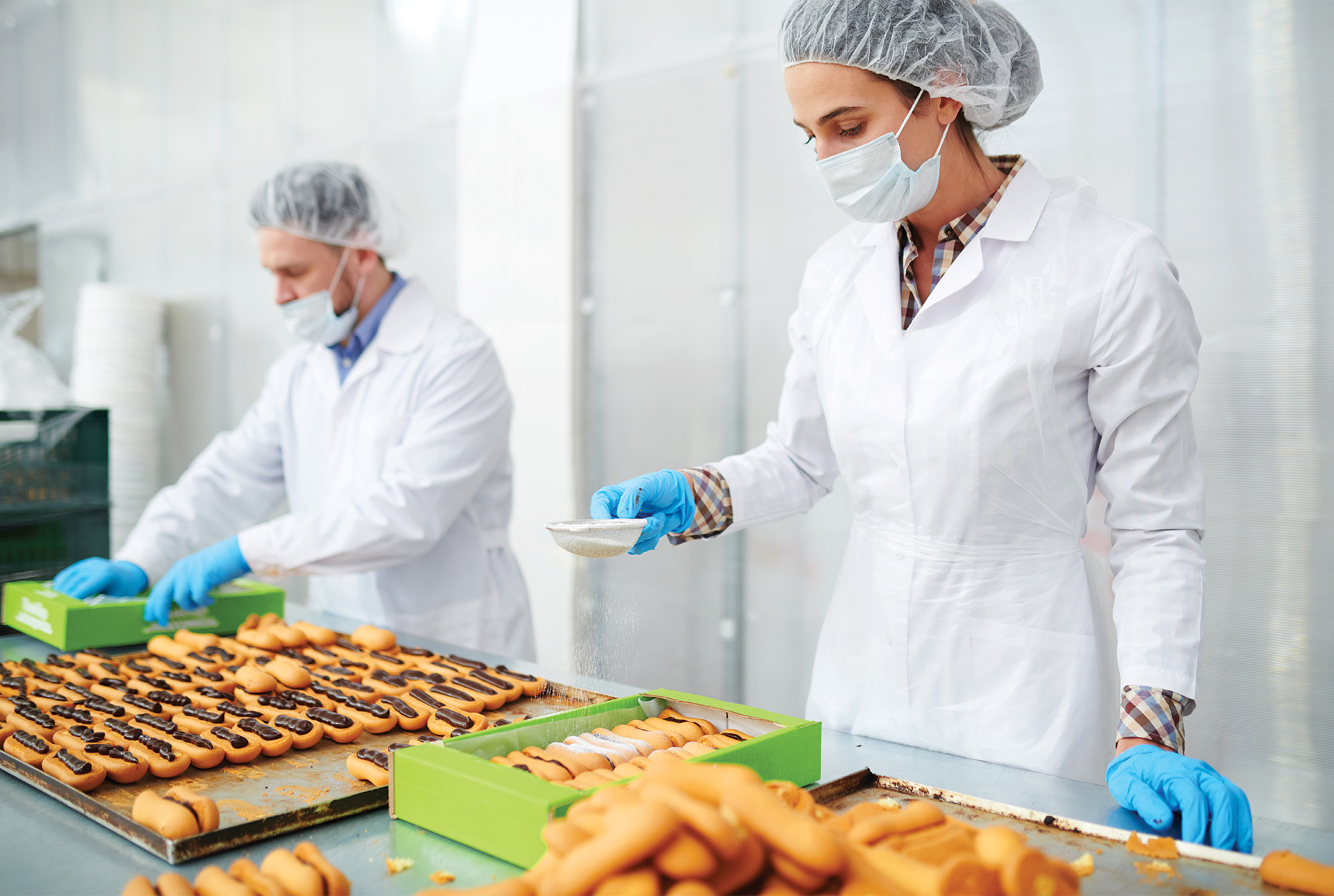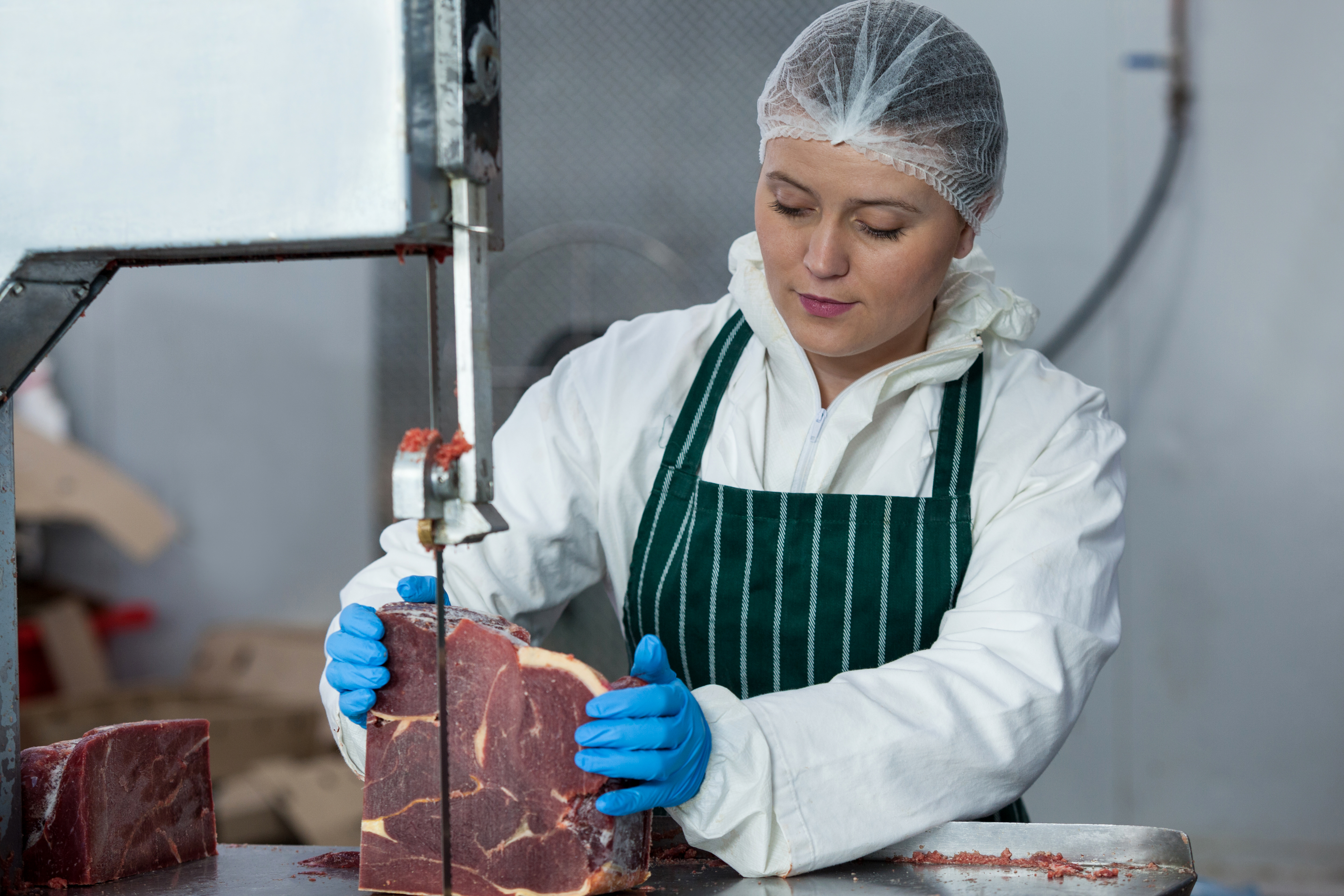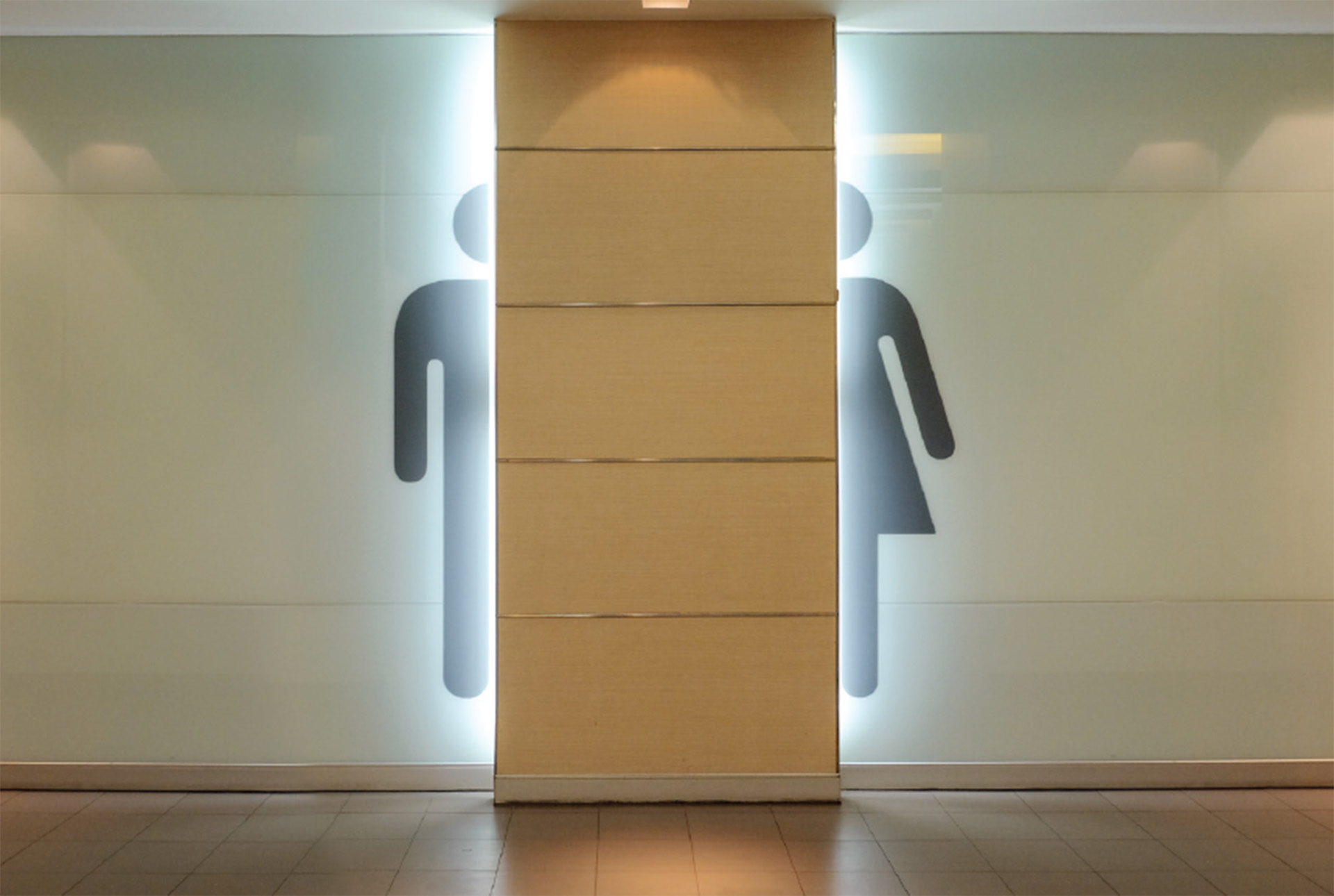In food manufacturing, every detail matters. From processing raw ingredients to packaging the final product, maintaining hygiene is essential to protect public health and ensure compliance with strict food safety standards. Workwear plays a critical role in this process – not just in identifying roles and fostering professionalism, but in serving as a barrier between potential contaminants and the food delivered to customers.
However, workwear can also inadvertently become a vehicle for pathogens if not managed correctly. Germs and contaminants can hitch a ride on clothing, gloves, and other protective gear, moving between zones in a facility or even beyond the workplace. With a proactive, zone-specific approach to workwear, managers and staff can safeguard food manufacturing environments.
HOW GERMS CAN HITCH A RIDE ON WORKWEAR
- Moving between designated zones – such as raw material handling areas, processing zones, and packaging areas – without changing protective clothing (like aprons, gloves, hairnets, or boot covers) can spread contaminants.
- If uniforms, gloves, or aprons are not cleaned or sanitised properly, pathogens can linger. An improperly laundered or reused uniform could carry contaminants into critical areas.
- Wearing work clothes outside of work can increase the risk of spreading germs to other environments such as public transport or home.
- Disposable gloves, booties, or aprons reused or improperly disposed of can be breeding grounds for germs. A single oversight in these high-touch items can jeopardise an entire production batch.
PRACTICAL STEPS FOR MINIMISING CONTAMINATION RISK
- Assign specific workwear, such as colour-coded aprons, gloves, and hairnets, for different zones to prevent cross-contamination. Ensure workers change or remove protective gear when transitioning between raw, processing, and packaging areas.
- Ensure all reusable workwear is professionally laundered at high temperatures using appropriate detergents in compliance with the AS/NZS 4146:2000 Standard.
- Make it a requirement for staff to change into work attire upon arrival and don’t wear uniforms outside the facility. Installing designated locker rooms to separate workwear from personal clothing makes this easier for workers.
- Rotate and replace items like gloves and aprons at set intervals to prevent wear-and-tear-related risks.
By implementing these strategies, businesses can ensure that their workwear serves its primary function – protecting staff and customers – while maintaining the highest hygiene standards to reduce contamination risk and improve workplace safety.









